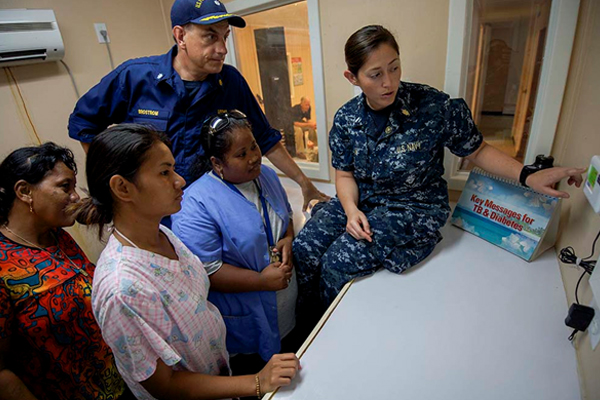|
New Safety and Health Issues Emerge As Work Changes
Changes in working practices, demographics, technology and the environment are creating new occupational safety and health (OSH) concerns, according to a new report from the International Labour Organization (ILO). Growing challenges include psychosocial risks, work-related stress and non-communicable diseases, notably circulatory and respiratory diseases, and cancers. The report, Safety and Health at the heart of the Future of Work: Building on 100 years of experience, is being published ahead of the World Day for Safety and Health at Work, which is marked on April 28th. It reviews the ILO’s 100 years of work on OSH issues, and highlights emerging health and safety issues in the world of work.
Currently, more than 374 million people are injured or made ill every year through work-related accidents. It is estimated that work days lost to OSH-related causes represent almost 4 per cent of global GDP, in some countries as much as 6 per cent, the Report says.
“As well as more effective prevention for established risks, we are seeing profound changes in our places and ways of working. We need safety and health structures that reflect this, alongside a general culture of prevention that creates shared responsibility,” said Manal Azzi, ILO Technical Specialist on Occupational Safety and Health.
Looking to the future, the report highlights four major transformative forces driving changes. It points out that all also offer opportunities for improvements.
• First, technology, such as digitization, robotics, and nanotechology, can also affect psychosocial health and introduce new materials with unmeasured health hazards. Correctly applied it can also help reduce hazardous exposures, facilitate training and labour inspections.
&bul; Demographic shifts are important because young workers have significantly high occupational injury rates, while older workers need adaptive practices and equipment to work safely. Women – who are entering the workforce in increasing numbers – are more likely to have non-standard work arrangements and have a higher risk of musculoskeletal disorders.
• Thirdly, development and climate change give rise to risks such as air pollution, heat stress, emerging diseases, shifting weather and temperature patterns that can bring job losses. Equally, new jobs will be created through sustainable development and the green economy.
• Finally, changes in the organization of work can bring flexibility that allows more people to enter the labour force, but may also lead to psychosocial issues (for example, insecurity, compromised privacy and rest time, or inadequate OSH and social protections) and excessive work hours. Approximately 36 per cent of the world’s workforce currently works excessive hours (more than 48 hours per week).
In the light of these challenges the study proposes six areas on which policy makers and other stakeholders should focus. These include more work on anticipating new and emerging OSH risks, adopting a more multidisciplinary approach and building stronger links to public health work. Better public understanding of OSH issues is also needed. Finally, international labour standards and national legislation need to be strengthened, something which will require stronger collaboration between Governments, workers and employers.
By far the greatest proportion of current work-related deaths – 86 per cent – come from disease. In the region of 6,500 people a day die from occupational diseases, compared to 1,000 from fatal occupational accidents.
The greatest causes of mortality are circulatory diseases (31 per cent), work-related cancers (26 per cent) and respiratory diseases (17 per cent).
“As well as the economic cost we must recognize the immeasurable human suffering such illnesses and accidents cause. These are all-the-more tragic because they are largely preventable,” said Azzi. “Serious consideration should also be given to the recommendation of the ILO’s Global Commission on the Future of Work , that occupational safety and health be recognized as a fundamental principle and right at work.
|



